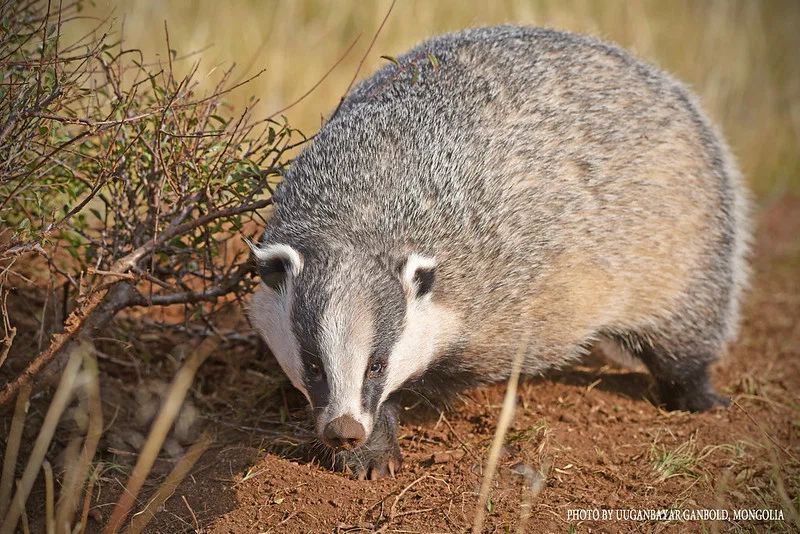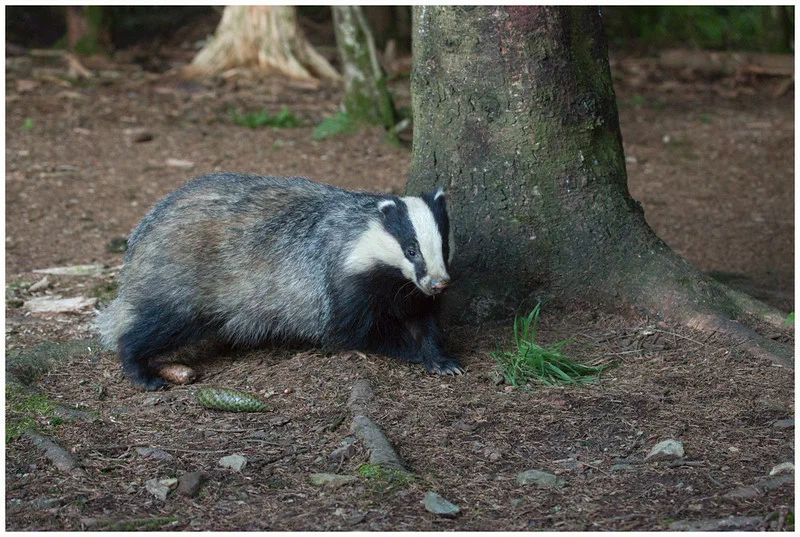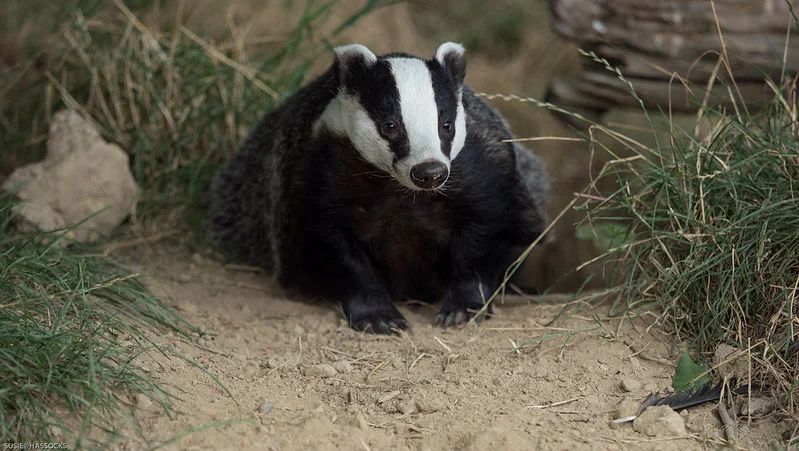The Badger: The Enigmatic Builder of Underground Cities
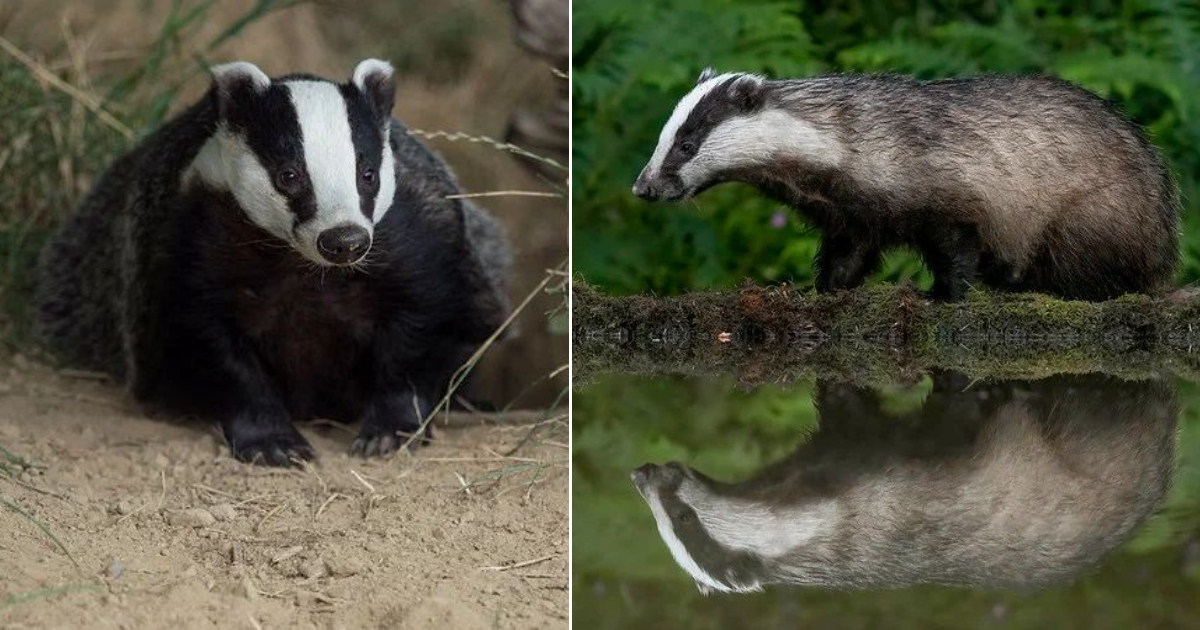
I must admit that I have never encountered a badger in the wild. However, signs of their presence are widespread: their tracks, burrows, and even potential dens have come across my path. Moreover, once a student group, returning from an excursion early in the morning, told me that they saw a badger crossing their path. I, on the other hand, have observed birds in the same areas in the morning but have yet to encounter this charming creature.
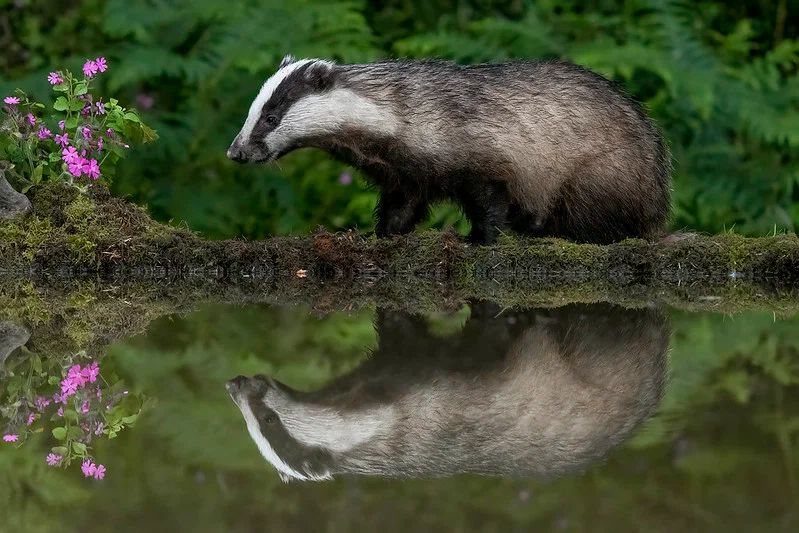
I believe few people remain indifferent to this animal. The badger is highly secretive, despite not being a rare species, and this fact adds to its allure. It inhabits a large part of our country, from the northwest to the Far East. Additionally, the badger is undoubtedly attractive in appearance.
The size of a badger is comparable to that of a small dog, with a body length ranging from 60 to 90 centimeters. A more precise range can only be specified when discussing a specific species. While only one species of the Meles genus was recognized in the middle of the last century, there are now up to four species identified!
Badgers differ from most other members of the Mustelidae family in terms of body shape and proportions. They have a wider body that tapers toward the head. Their limbs are relatively short, and they exhibit plantigrade walking. Their tracks strongly resemble miniature bear tracks (bears and mustelids both have five-toed footprints).
Badgers lead a crepuscular and nocturnal lifestyle. They are rarely active during the day but occasionally venture out of their burrows for short distances. The burrow itself can be quite impressive. Typically, it consists of one or two arched entrances, tunnels up to 10 meters long, and a nesting chamber approximately 80 by 80 centimeters, located at depths ranging from 1 to 3 meters. Over time, additional tunnels and chambers may appear. Old tunnel systems can have dozens of exits, multiple nesting chambers, and be multi-level structures. Several badger families, as well as other animals like foxes, can inhabit these “badger towns.” The entrances to their burrows are usually carefully concealed among tall grass or beneath tree roots. There are known badger “towns” that have been used by generations of badgers for hundreds of years!
Unlike most other members of the family known for their carnivorous diets, badgers are omnivorous. Their diet is extensive and includes various small vertebrates (primarily rodent-like rodents, frogs, and lizards), insects (often beetles), and other invertebrates such as worms and slugs. They also consume bird eggs and nestlings, especially those of ground-nesting birds, as well as plant-based foods such as nuts, acorns, fruits, seeds, berries, and even mushrooms. Interestingly, during a single foraging session, a badger usually focuses on catching one type of prey. For example, in one night, it may catch a dozen frogs and pay no attention to other wildlife. The diet of badgers is significantly influenced by the season and their specific range.
Badgers are monogamous mammals, with pairs often staying together for several years and potentially for life. However, females may also mate with neighboring males. Males can reproduce as early as one year after birth, while females can reproduce at the age of two. The mating period stretches from early spring to the beginning of summer. Badgers are known to have a unique delayed implantation period, where the fertilized egg remains in a dormant state in the uterus for several months (ranging from two to nine). Active placental development begins in December, and pregnancy lasts about seven weeks from that point.
Typically, a litter consists of 1 to 5 badger cubs (usually two), which are born in the nesting chamber between January and March. They are completely helpless, blind, and deaf at birth. It takes two months before they venture out of the den under the watchful eye of their mother. By autumn, the litter disperses as the young badgers start digging their own burrows.
In the wild, badgers have few natural predators because, despite their generally peaceful nature, these animals can defend themselves. There have been cases where badgers have killed fox cubs and expelled them from their dens, sending a clear message to the fox that it is unwelcome. On the other hand, badgers and foxes can coexist in the same den. Raccoon dogs can also occupy badger burrows. Wolves and lynxes are known to hunt badgers.
